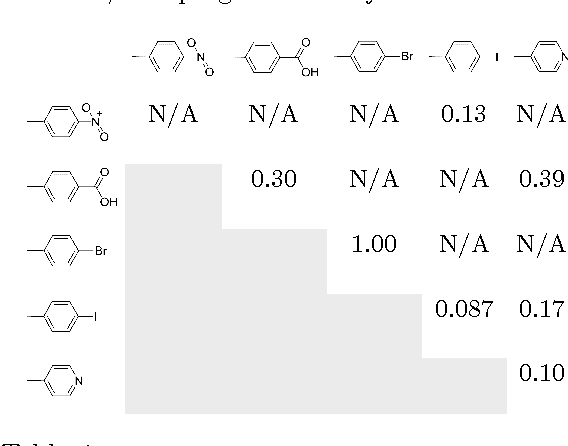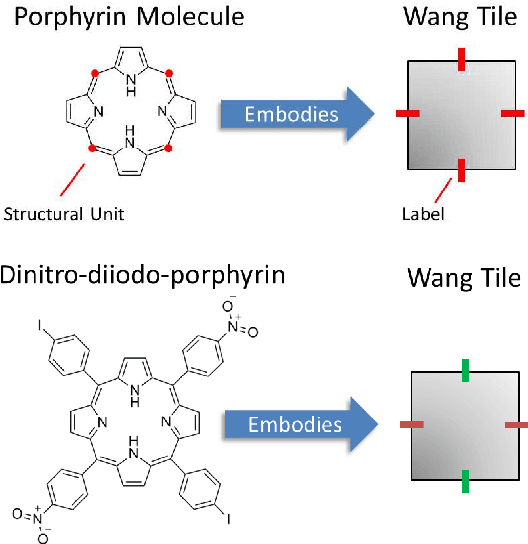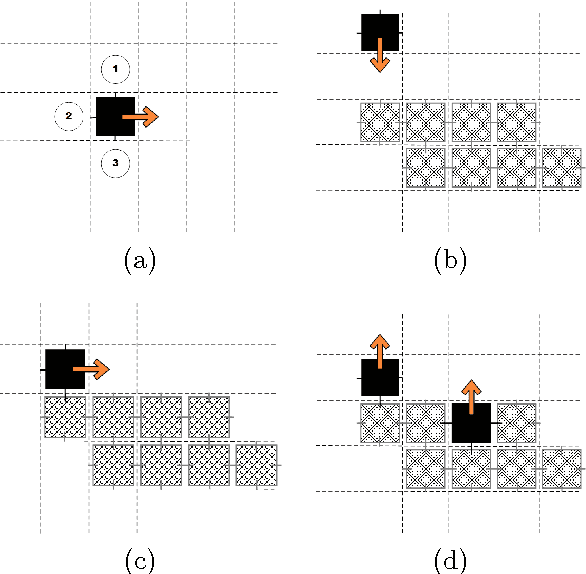Exploring Programmable Self-Assembly in Non-DNA based Molecular Computing
Paper and Code
Sep 25, 2013



Self-assembly is a phenomenon observed in nature at all scales where autonomous entities build complex structures, without external influences nor centralised master plan. Modelling such entities and programming correct interactions among them is crucial for controlling the manufacture of desired complex structures at the molecular and supramolecular scale. This work focuses on a programmability model for non DNA-based molecules and complex behaviour analysis of their self-assembled conformations. In particular, we look into modelling, programming and simulation of porphyrin molecules self-assembly and apply Kolgomorov complexity-based techniques to classify and assess simulation results in terms of information content. The analysis focuses on phase transition, clustering, variability and parameter discovery which as a whole pave the way to the notion of complex systems programmability.
 Add to Chrome
Add to Chrome Add to Firefox
Add to Firefox Add to Edge
Add to Edge